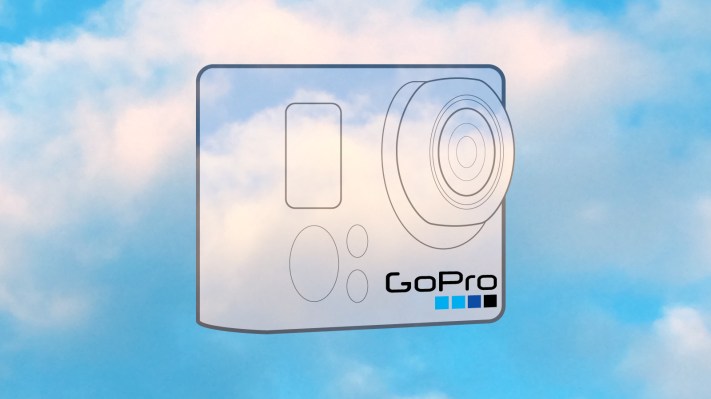GoPro doesn’t want to be known just as a camera company. Instead, as I learned from GoPro’s CEO and Founder Nick Woodman, GoPro wants to be a lifestyle media company. To that end, the company is looking to cloud services to give owners an easier way to share all that rad action footage and build a new business based on content, not hardware.
GoPro cameras are designed to survive the harshest conditions possible. Yet they suffer from the same fundamental flaw as traditional cameras: content gets stuck on the SD cards inside the cameras. Smartphones address this problem by allowing pictures and videos to be shared instantly but users still have to go through several steps to share content, something Nick Woodman aims to reduce.
On the eve of the GoPro Mountain Games in Vail, Colo., I had the chance to sit down with GoPro founder and CEO Nick Woodman. He laments the content that gets stuck on his devices. He admitted that he has this problem, too. Like many of his customers (me included), he has stacks of SD cards with footage that he doesn’t have to time to edit. This is where the cloud services come into play.
“GoPro has to build an iTunes type management system that just works with people,” Nick said. “I didn’t realize that early on as a single guy. As soon as I became a Dad I had no more time to manage the content. We are sort of leaving our customers in a dark forest.”
Woodman stressed that GoPro’s cloud services are still in an early development. It’s clear he’s excited about it and sees this solution transforming his company from a camera maker to a media brand.
As Woodman explained it, when a camera is plugged in to be charged, the service would upload the footage to a cloud service, eliminating the tiresome task of manually transferring the data from an SD card into editing software. From the cloud service, customers could edit the footage and share it. Woodman also hinted that there could be a feature where long videos are cut into highlight reels, which if implemented, would facilitate more shared footage and that’s what GoPro wants.
As an example, he explained that in the future GoPro customers wouldn’t save the recorded the footage with a GoPro camera, but rather use the GoPro service to make unique content to share. The distinction is key.
Right now, people use GoPro cameras. Woodman hopes, with this cloud service, people will simply use GoPro.
“When we do this, people will think of GoPro in whole new way,” Woodman said.
He views this ability to be more relevant to parents and kids. When the cameras are connected to a cloud account, footage will no longer be stuck on a media card until the owner decides to do something with it. He believes this cloud service will drive more camera sales as suddenly owners will be able to enjoy the captured footage more easily.
This cloud service should provide GoPro with deep insights to their customers. Nick explained that GoPro currently does not have data on their customer’s demographics or usage patterns.
“You don’t yet register a camera with GoPro,” Woodman said. “You can, but there isn’t much of a value proposition for you to do so. But when the value proposition is you can register your camera to a cloud account, the amount of data we can get to better serve them will be massive.”
“We know very little about our customer,” he said. “Which the good thing is it tells you how broadly appealing this whole ‘I just want to capture the experience and those around me’ movement is and how well we’re doing. It’s not like we’re having to home in and look at very specific customer groups to drive growth.”
But if the company can get customers to connect their camera to cloud, GoPro should be flooded with a torrent of data — and securing that data could be the company’s next big challenge.
As a hardware company, GoPro simply needs to sell cameras. It doesn’t have to worry about data breaches or privacy control. These items become paramount if GoPro rolls out a cloud service like the one Woodman explained. Suddenly, GoPro is tasked with selling cameras and storing gobs of personal data, which will turn the company into a massive target.
I asked which company GoPro is partnering with for data storage and Woodman returned a “no comment” response.
I asked which company GoPro is partnering with for data storage and Woodman returned a “no comment” response.
Woodman wouldn’t reveal specific details about how a GoPro cloud service would work. It’s unlikely that GoPro would want to store full resolution files. More likely, resolutions and frame rates would be reduced to formats well suited for mobile viewing. GoPro recently released a wireless add-on that allows GoPro cameras to stream content directly to broadcasters — it’s likely that future high-end GoPro cameras will include this ability while the rest of the product line will have Bluetooth and WiFi capabilities.
One thing is clear: the experience needs to be perfect. If done right and launched in a timely fashion, it could be a boon for GoPro’s growth and ultimate security from smartphones eroding its market. But if launched prematurely with lackluster security, it could be company’s undoing. It’s up to Woodman to make sure that doesn’t happen.
